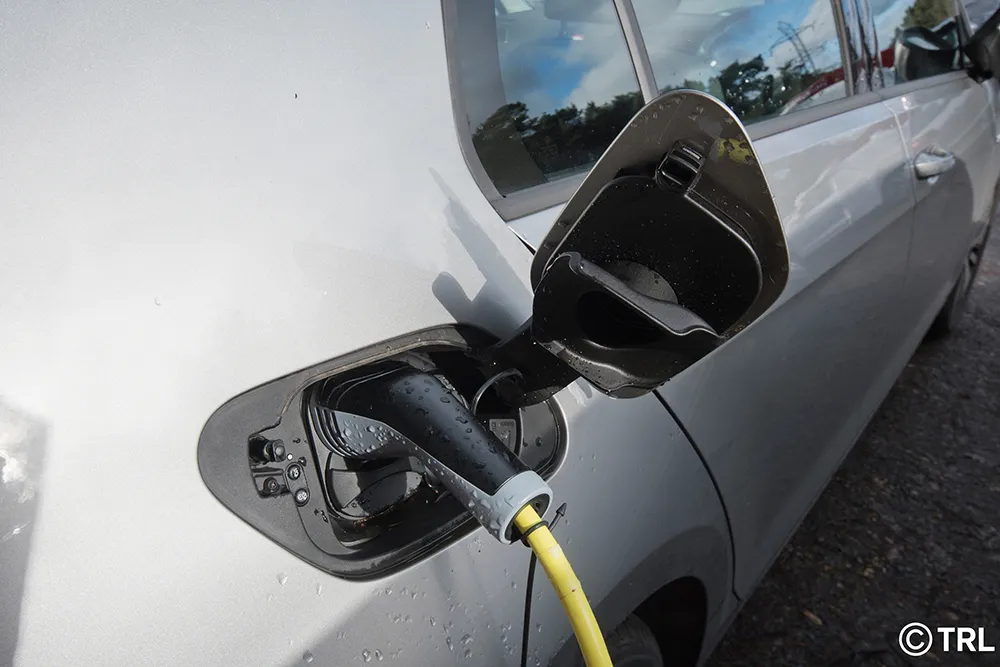A new report from Navigant Research, ‘Electric Vehicle Market Forecasts,’ provides a comprehensive overview of the overall light duty vehicle (LDV) market, including global forecasts for annual LDV sales and vehicles in use through 2023.
The rapidly changing market for electric vehicles (EVs), which includes hybrids (HEVs), plug-in hybrids (PHEVs), and battery electric vehicles (BEVs), is a small but growing part of the global automotive industry. Keen to see increasing penetrations of EVs due to the e
October 24, 2014
Read time: 2 mins
A new report from 7560 Navigant Research, ‘Electric Vehicle Market Forecasts,’ provides a comprehensive overview of the overall light duty vehicle (LDV) market, including global forecasts for annual LDV sales and vehicles in use through 2023.
The rapidly changing market for electric vehicles (EVs), which includes hybrids (HEVs), plug-in hybrids (PHEVs), and battery electric vehicles (BEVs), is a small but growing part of the global automotive industry. Keen to see increasing penetrations of EVs due to the environmental, economic, and energy security benefits they provide, governments are pushing automakers to develop EVs and incentivising citizens to buy them.
“The EV market is in a state of flux,” says Scott Shepard, research analyst with Navigant Research. “Plug-in EV markets are expanding rapidly, and are set to grow much more quickly as several major automakers are slated to introduce vehicles in the high-volume SUV segment.”
At the same time, according to the report, luxury brands, which have benefited in recent years from increased interest from the developing markets of Asia Pacific, have committed more strongly to plug-in EV platforms. This is expected to increase global sales of plug-in EVs dramatically in the near term. Sales of plug-in EVs from luxury manufacturers, such as Tesla,1685 Mercedes, 2125 Audi, and 1731 BMW, are expected to grow significantly through 2018 before levelling off at around 50 per cent of the plug-in EV market, the report concludes.
The rapidly changing market for electric vehicles (EVs), which includes hybrids (HEVs), plug-in hybrids (PHEVs), and battery electric vehicles (BEVs), is a small but growing part of the global automotive industry. Keen to see increasing penetrations of EVs due to the environmental, economic, and energy security benefits they provide, governments are pushing automakers to develop EVs and incentivising citizens to buy them.
“The EV market is in a state of flux,” says Scott Shepard, research analyst with Navigant Research. “Plug-in EV markets are expanding rapidly, and are set to grow much more quickly as several major automakers are slated to introduce vehicles in the high-volume SUV segment.”
At the same time, according to the report, luxury brands, which have benefited in recent years from increased interest from the developing markets of Asia Pacific, have committed more strongly to plug-in EV platforms. This is expected to increase global sales of plug-in EVs dramatically in the near term. Sales of plug-in EVs from luxury manufacturers, such as Tesla,







